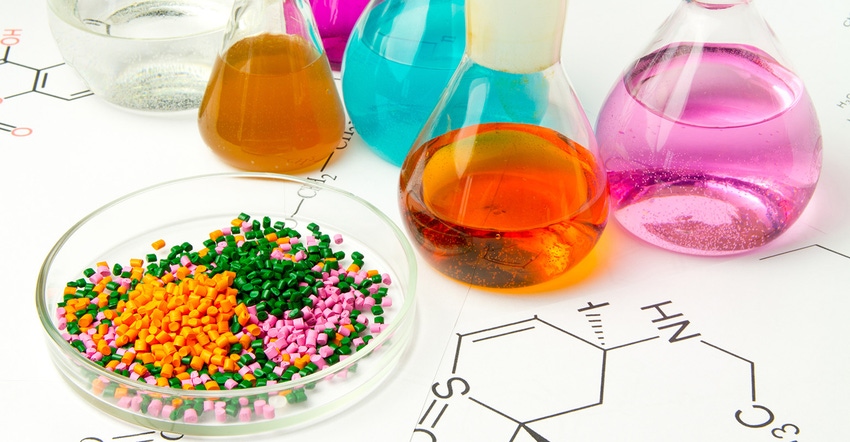Chemical Recycling Just Isn’t Feasible
From an energy perspective, breaking down plastics into their components to make the same plastics is fundamentally unsound.
November 28, 2023

Recent reports by Beyond Plastics and the Ellen MacArther Foundation came down harshly on “chemical recycling” of plastic. Although the reports use emotionally charged wording — “snake oil,” “false promises,” and “toxic” appear once a page — I agree with the general conclusion that the technology is just not workable.
The most common practices for handling plastic waste are recycling, landfilling, and incineration. Innovations are being explored outside of these options, most often by breaking the plastic down into its starting chemicals. I wrote about one such approach back in August for handling PET waste through biodegradation — letting microbes chew on the plastics and reduce it to its monomers.
Pyrolysis is not the same as incineration
Another approach is pyrolysis. At first blush, this appears to be incineration since the plastics are heated to very high temperatures, but it is different. With pyrolysis, there is no oxygen in the reactor and so there is no combustion. Instead, the heat moves the polymer molecules so quickly and actively that the bonds between the atoms break apart just like children playing crack the whip on a frozen pond. This breaking occurs repeatedly on each molecule and eventually results in small molecules that form a liquid at room temperature.
The emphasis here is on molecules. This is not a process for generating pure amounts of any single small molecule but a whole mixture of hydrocarbons, much as petroleum is a mixture of hydrocarbons. Controlling the exact output is beyond us at this point, but that is not a serious problem. The mixed output can be sent to a refinery and mixed into the regular petroleum feedstocks (themselves a mixture). At the refinery, the mixture is further degraded in a controlled fashion (“cracking”) and/or separated into purified chemical outputs.
The most pleasing idea is that the output would then be polymerized to create new plastics, which gives a whole new meaning to recycling, so it is called “chemical recycling” or “advanced recycling.”
When circularity meets energy consumption
From an energy perspective, the whole idea of taking plastics, breaking them down into their components and then making the same plastics from them is fundamentally unsound. The polymerization and pyrolysis reactions are opposites of each other, and the second law of thermodynamics is clear that it will always take more energy to move in one direction than the other. You can’t go around this cycle without investing more energy each time, and that makes the picture unappealing.
The other alternative is to take the output from pyrolysis and burn it. This makes even less sense, as the original petroleum, which could have been used as fuel, was processed into plastic and then back into fuel. Each step just adds more energy costs to get back to the starting point.
Finding a way out of the loop
I wouldn’t give up on this approach entirely. The weakness is in the tightly closed loop — taking PE and PP, and remaking PE and PP from them. If a way could be found to create other higher value monomers — acrylates, amides, etc. — there would be a way out of this loop. Most of the high-value monomers are not hydrocarbons, but have oxygen and/or nitrogen in them, and introducing those atoms in a controlled fashion is presently not possible.
I spoke favorably in my earlier post about biodegradation of polymer. The same thermodynamic limitations apply, but there is an important difference. Biodegradation uses energy from the bugs for the degradation reaction and that is supplied through their food. Unless the microbes are on a steady diet of coquilles Saint Jacques and Perrier-Jouet, their energy will be cheaper than the heat needed for pyrolysis.
About the Author(s)
You May Also Like




